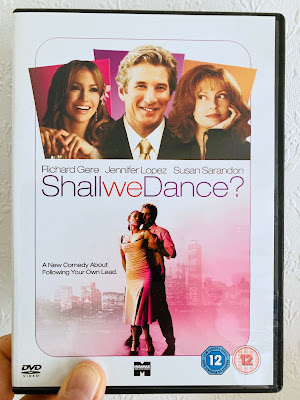Written, produced and directed by H. B. Halicki, who also stars and serves as the stunt coordinator, this is one of the strangest films I’ve ever seen. In many ways, it's not really a film at all. In places it merely seems like raw camera footage.
The “plot” – what there is of one – focuses on a group of thieves who need to steal 48 different cars in just a few days. The lengthy set-up is muddled and poorly done, with almost zero drama in terms of the human interactions. The thread about insurance isn't properly explained, and a thread about discovering bags of heroin is needlessly thrown away.
It's unusual on a technical level, too. The basic production values are shoddy and amateur-ish, as if it’s a home-made film or school art project. Camera work is blurred, framing is poor and the “dialogue” (much of it not even scripted) is difficult to hear. The sound of a creaking chair, meanwhile, is all too audible.
Where the film redeems itself is with the 40-minute car chase that fills the second half. Suddenly Halicki reveals himself to have a real talent for action sequences. The Mustang car named Eleanor evades police and other pursuers in increasingly improbable and remarkable ways, while becoming progressively more battered and ruined.
Because Halicki was essentially just “winging it”, many of the extras are real people doing real things in real places. (Halicki’s wife introduces the film and explains that actual policemen, fireman and members of the public were included.) That gives the film an extra value – it's like peering into 1974 and seeing what it was actually like, without the usual artifice Hollywood serves up.


















